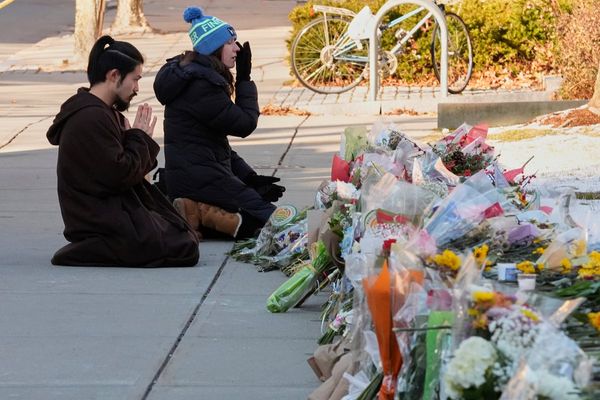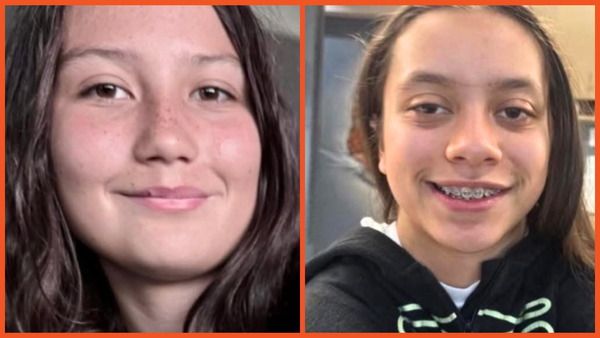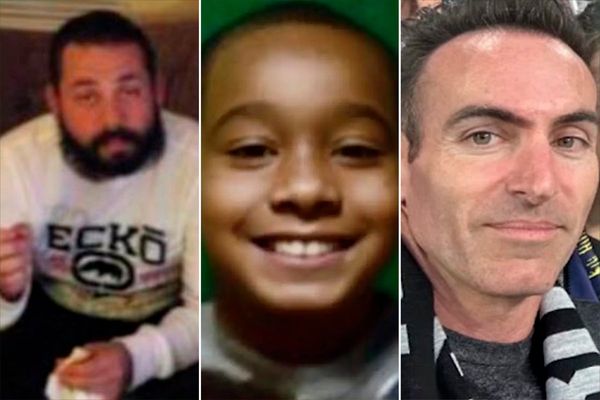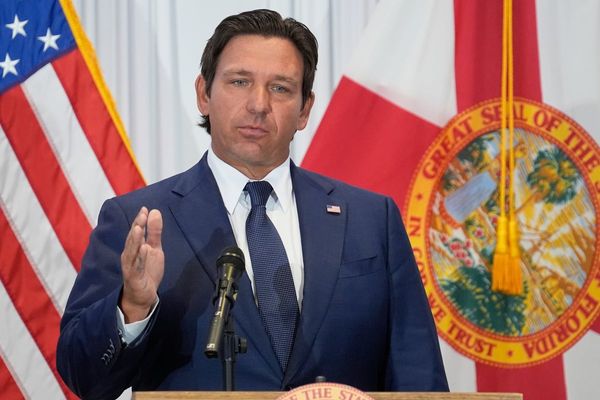The Russian invasion of Ukraine shows that identifying mass atrocity risks is not a niche concern. Many who thought it would be irrational for Russia to launch an attack minimised long-standing Russian rhetoric that denied Ukrainian statehood and national identity. If policymakers had used a “mass atrocity lens”, then they would have seen that a war of aggression was not only plausible but was likely to be accompanied by mass atrocities, taking into account Russia’s track record in Chechnya and Syria.
The fear of extermination explains why Ukrainians feel they are fighting for their survival and why the atrocities committed by Russian troops in Bucha and elsewhere dealt a significant blow to any prospects of a peace agreement. A strategy on mass atrocities, therefore, is not only about empowering the European Union to save lives, but fulfil its declared ambitions to be a principled geopolitical actor in a divided world, effective at conflict prevention, management and resolution.
Ten years ago, the Task Force on the EU Prevention of Mass Atrocities published a report that weighed the EU’s strengths and weaknesses in preventing and halting mass atrocities. To strengthen the EU’s capacity in this area, we recommended that it:
make explicit a commitment to preventing mass atrocities in strategic policy documents and through high-level statements;
cultivate expertise on mass atrocity prevention, especially country/regional expertise, and run training programmes to improve experts’ analytical and warning skills;
strengthen its early warning response system to enable earlier action against mass atrocity risks;
mitigate mass atrocity risks through diplomacy, including trade and development policies, and cooperation with other international players;
improve its capabilities to react quickly to ongoing mass atrocities.
To what extent has the EU made progress in line with our recommendations and where is there room for improvement?
Commitment to preventing mass atrocities: still unclear
The EU’s commitment to mass atrocity prevention is scattered across various documents. It has not followed the US in declaring mass atrocity prevention to be “a core national security interest and a core moral responsibility”. Preventing atrocity crimes is included in documents such as the “EU Action Plan on Human Rights and Democracy, 2020-2024”, but not in other key documents such as the EU’s Strategic Compass, which assesses the security challenges facing the EU and makes specific proposals to strengthen the EU’s security and defence capabilities.
Neither the Council of the EU, the bloc’s diplomatic service, the European External Action Service (EEAS), nor the European Commission have responded to the European Parliament’s 2013 call for an interinstitutional “consensus on the responsibility to protect”. Instead, the EU’s 2016 Global Strategy merely states that the EU “will promote the responsibility to protect’ (R2P), without indicating how the EU might actively protect populations from genocide, war crimes, crimes against humanity or ethnic cleansing.
In 2016 the EU became the first regional organisation to appoint an "R2P focal point”, an official who facilitates internal EU coordination of atrocity prevention mechanisms, but we could not discern the identity of the current EU focal point from the EEAS website or organigram and we found no evidence of engagement with relevant stakeholders. Although the EU expresses support for R2P at the UN, EU Member States have been uneasy about the increasing politicisation of R2P: Russia, for example, contested the legitimacy of R2P references in the context of NATO’s intervention in Libya but brought up R2P language to legitimise its own war efforts in Georgia and Ukraine.
Early warning response system and external action instruments: some progress
In late 2018, the EEAS released an “Atrocity Prevention Toolkit” to help EU staff recognise and respond to atrocity crimes, by listing structural risk indicators, imminent warning signs and concrete measures to take to mitigate risks. Assessments of risks in conflict-affected or fragile countries now include analyses of the prevalence of hate speech, societal inequalities, a history of mass atrocities or failed recognition of past abuses. The toolkit feeds into the EU’s early warning system, which has been built since 2014.
Moreover, the EU’s toolkit goes further than one developed by the United Nations and uses a gender lens in the assessment of atrocity risks. However, there is still a lingering belief within the EEAS that a focus on human rights, democratisation, and conflict prevention is sufficient to assess atrocity risks and act upon them.
Under the Global Human Rights Sanctions Regime, the EU can impose sanctions on individuals responsible for human rights violations including genocide, crimes against humanity and war crimes, which proved successful in cases like Guinea. EUROJUST, the EU’s agency for criminal justice cooperation, runs a European network for investigating and prosecuting atrocity crimes, and is supporting a joint investigative team in Ukraine. The European Peace Facility (EPF) is structured around human rights conditionality, but the extent to which mass atrocity risks are factored in remains unclear. The EU will need to ensure that it does not enable the acquisition of military equipment by governments in contexts where mass atrocities are likely.
Capabilities to react quickly to mass atrocities: room for improvement
The EU is developing a 5,000-strong rapid deployment capacity (EU RDC) – a substantial upgrade of the bloc’s current EU Battlegroups, which comprises 1500 personnel. However, none of the current planning scenarios for the EU RDC involve a focus on preventing or stopping mass atrocities. Yet these force packages could play a key role in the prevention or mitigation of mass atrocity risks if appropriately trained and speedily deployed, and mandated to help protect civilian lives, as preventive peacekeeping deployments in Sierra Leone and North Macedonia demonstrated.
Overall assessment
In the past decade, the EU has taken some steps to strengthen its capacity to prevent mass atrocities, but there is still a lack of consensus within the EU on taking preventive action, and any action taken in mass atrocity situations has often been fragmented. Furthermore, in an increasingly divided international context, in which “liberal norms’ such as the responsibility to protect have been fiercely contested by developing countries and authoritarian regimes, the EU’s ambivalence about R2P prevents it from leading globally on mass atrocity prevention.
Professors Christoph Meyer and Karen E. Smith were co-chairs of the task force, and Dr Chiara De Franco served as its coordinator.
Chiara De Franco is a member of the International Studies Association (ISA). She has received funds from the Independent Research Fund Denmark to study how the EU protect civilians in conflict-torn territories. Her work for the Task Force for the EU's prevention of mass atrocities was funded by the Budapest Foundation for the international prevention of genocide and mass atrocities.
Christoph Meyer has received funding in the past from UK research council (ESRC) for the INTEL project, but not directly related to this research. He was also supported by the Budapest Foundation as the Task-Force Co-chair 10 years ago.
Karen E. Smith est membre de International Studies Association, UACES, and British International Studies Association.
This article was originally published on The Conversation. Read the original article.







